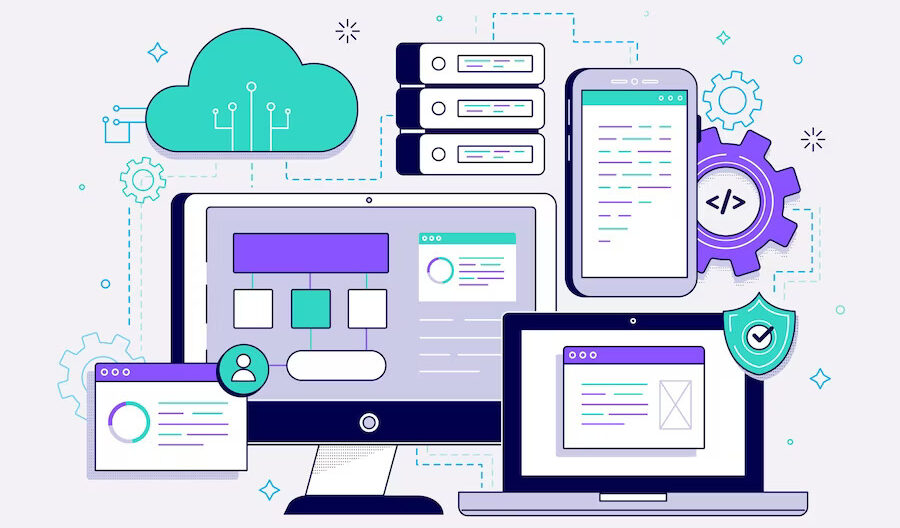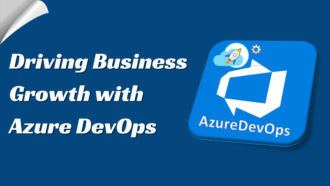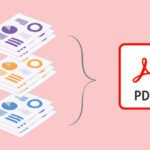Scaling Your SaaS Application: Best Practices for Handling High Traffic and User Growth
Introduction
In the vibrant business climate of the United States, where competition is fierce and technological advancement is rapid, the capability to scale your Software as a Service (SaaS) application has become a critical success factor. As a business creator, understanding the scalability of your SaaS application can contribute significantly to the consistent growth and improved performance of your business. The fundamental role of Codica’s SAAS application development services becomes evident as they aid businesses to scale their SaaS applications effectively.
Top 5 Practices for Handling High Traffic and User Growth

Planning for Scalability
Embarking on the journey of scalability is akin to charting a course through unexplored territories. It is not a task that should be taken lightly or without proper preparation. First and foremost, it’s important to look before you leap and assess the current infrastructure. Unearthing potential bottlenecks early can save you from a world of trouble down the line.
To ensure you’re not putting all your eggs in one basket, a strategic plan should be put in place, considering the following factors:
- Infrastructure flexibility: Can your current infrastructure adapt to an increase in demand?
- User capacity: How many users can your application handle concurrently without performance issues?
- Resource allocation: Are your resources efficiently distributed to cater to different functions and services?
With careful planning, you’re not only building a stronger foundation for your SaaS application but also paving the way for seamless growth and development.
Building for Horizontal Scalability
In the hustle and bustle of building a robust SaaS application, horizontal scalability stands as a pillar of strength. Unlike its counterpart, vertical scalability, which equates to adding more horsepower to a single server, horizontal scalability spreads its wings wider. It introduces new servers to the pool, offering a sturdy backbone for your application to lean on during high traffic surges.
Leveraging load balancing and auto-scaling, you can ensure your application doesn’t bite off more than it can chew. By spreading the load across multiple servers and dynamically adjusting resources, these strategies keep your application humming along smoothly, no matter the number of users.
Optimizing Database Performance
When it comes to SaaS applications, your database is the heart of the operation, pumping vital information through the system. A well-optimized database can make your application sing, while a poorly performing one can bring it to a grinding halt.
Selecting the right database solution is the first step in the right direction. Implementing database indexing can cut down the time spent looking for data, making your application as quick as a hiccup. Techniques like sharding and partitioning can spread the load evenly across multiple servers, reducing the risk of performance hiccups and ensuring your application runs like a well-oiled machine.
Caching and Content Delivery
Caching and Content Delivery Networks (CDNs) are like the superheroes of the SaaS world, swooping in to reduce server load and speed up data delivery. By storing static assets like images, CSS, and JavaScript files, CDNs can deliver these files to users faster than a New York minute.
Edge caching takes this a step further, storing data closer to user locations, thereby reducing latency and delivering content faster than a speeding bullet. Furthermore, caching frequently accessed data reduces the strain on your database, helping your application to run smoother and faster.
Monitoring and Troubleshooting
Keeping a hawk eye on your application’s performance can be the difference between a smooth operation and an avoidable disaster. Setting up performance monitoring tools can help you spot bottlenecks and performance issues in real time, giving you a chance to nip them in the bud before they escalate.
Here are some vital factors you should monitor:
- Application response time: How quickly does your application respond to user requests?
- Server health: Are your servers running at optimum levels?
- Database performance: Is your database processing queries efficiently?
In addition, a solid disaster recovery plan can ensure your application remains available and reliable, maintaining user trust and satisfaction. Because when it comes to running a successful SaaS application, it’s always better to be safe than sorry.
Conclusion
As we have discussed, effectively scaling a SaaS application involves strategic planning, optimized database performance, efficient content delivery, and robust monitoring. As businesses in the United States continue to evolve and expand, leveraging the right scalability strategies will become even more critical. To assist with your scalability needs, Codica’s SAAS application development services provide a tailored solution that will help your business handle high traffic and user growth, ensuring a smooth and rewarding user experience.

















